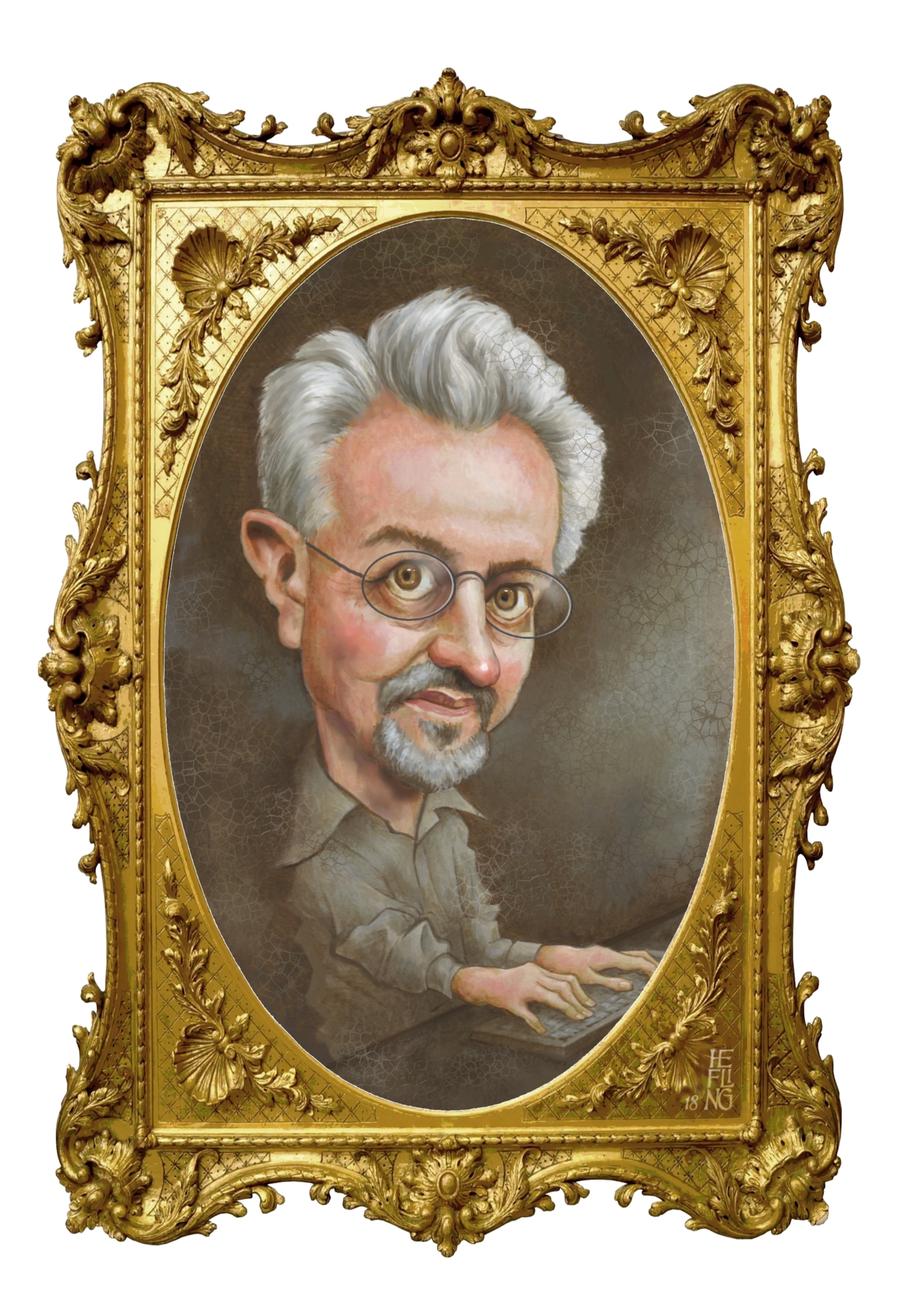
A Painter’s Visual Excursions
DAVID HOCKNEY: Paper Trails Edited by Shai Baitel SKIRA. 221 pages, $65. I WELCOME any chance to see artworks by David Hockney, directly or through printed reproductions; but David…More

DAVID HOCKNEY: Paper Trails Edited by Shai Baitel SKIRA. 221 pages, $65. I WELCOME any chance to see artworks by David Hockney, directly or through printed reproductions; but David…More

Our Evenings is deeply nostalgic, and that is one of its great strengths. It’s by far his most emotional book. The core of the novel is the relationship between mother and son.
More
Coinciding with the release of Almodóvar’s first English-language film, which recently won Venice’s Golden Lion Award, the 75-year-old director has released a book of stories, translated by Frank Wynne.
More
CRAZE by Margaret Vandenburg Jaded Ibis Press. 248 pages, $17.99 THE PREFACE to Margaret Vandenburg’s latest novel, Craze, is the opening paragraphs of a 1933 article in the weekly tabloid…More

Reviews of Song of Myself by Arnie Kantrowitz, Sonny Boy: A Memoir by Al Pacino, and Invasion of the Daffodils by Dino Enrique Piacentini
More
The momentum of Fathers and Fugitives is maintained by its elegant prose and intricate plotlines. While the thematic complexity, subtle narrative twists, and provocative imagery produce a challenging narrative, the payoff is well worth the effort.
More
Love Is a Dangerous Word is both vigorous in its rage and intimate in its approach to what it means to be a queer man of color fighting for the simple right to love.
More
THE TENDERNESS of Silent Minds is primarily about musical work and its cultural underpinnings, yet it is fragrant with philosopher Martha C. Nussbaum’s appreciation not only for music but also for the joyous gay life of composer Benjamin Britten and his partner, tenor Peter Pears.
More
Shilts became the first openly gay reporter for a mainstream newspaper, San Francisco Chronicle, and the first to cover the queer community full time, writing three seminal books on the subject.
More
THE SPRING before Obergefell, poet Ben Grossberg’s debut novel, takes place in the months before the Supreme Court’s landmark decision in Obergefell v. Hodges, which legalized same-sex marriage. This 2015 ruling will have a special resonance for the novel’s protagonist, Mike Breck, a lonely, middle-aged gay man living in small-town America.
More